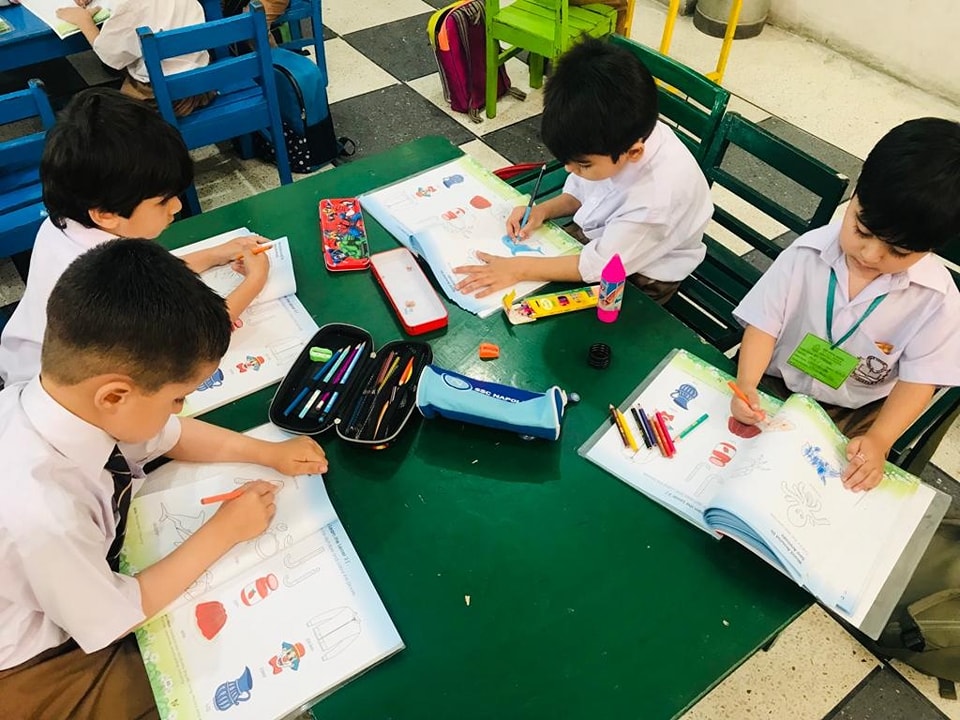
Robotics
About Robotics
Robotics is a fascinating field that combines engineering, science, and technology to create intelligent machines capable of interacting with the physical world. It involves the design, construction, programming, and operation of robots that can perform tasks autonomously or with human guidance. Robotics not only explores the mechanics and electronics of building robots but also encompasses the development of sophisticated algorithms and artificial intelligence systems that enable these machines to perceive and respond to their environment.
Robots come in various shapes and sizes, ranging from industrial robots used in manufacturing processes to autonomous drones, humanoid robots, and even small educational robots designed for learning purposes. They can be programmed to perform specific tasks, navigate through environments, manipulate objects, and interact with humans in a variety of settings.
Robotics has practical applications across numerous industries, including manufacturing, healthcare, agriculture, space exploration, and entertainment. Robots can perform repetitive or dangerous tasks with precision, assist in surgical procedures, support logistics operations, explore harsh environments, and even entertain audiences through interactive performances.
Beyond its practical applications, robotics stimulates curiosity, creativity, and imagination. It encourages students to explore innovative solutions to real-world problems and fosters an understanding of technology's impact on society. By engaging in robotics education, students develop skills in computational thinking, programming, engineering design, and collaboration, preparing them for the challenges and opportunities of the future.

